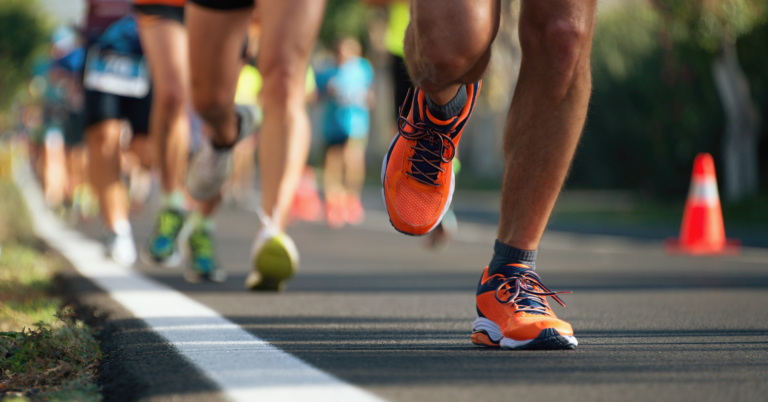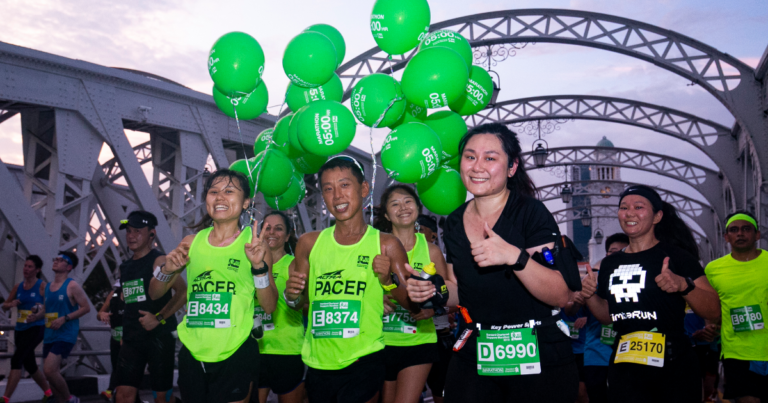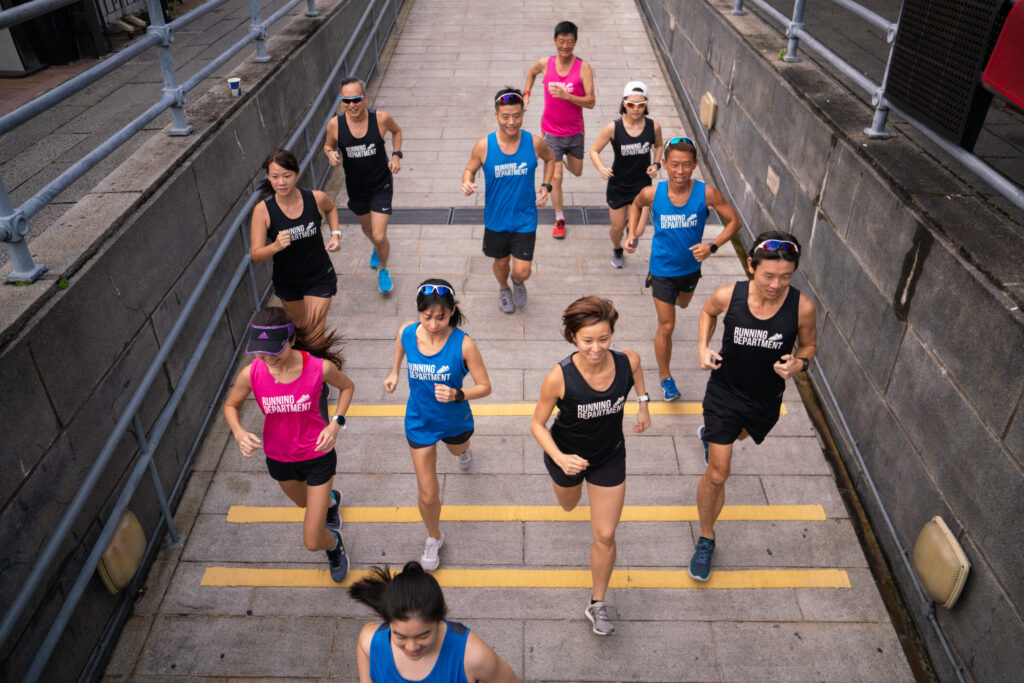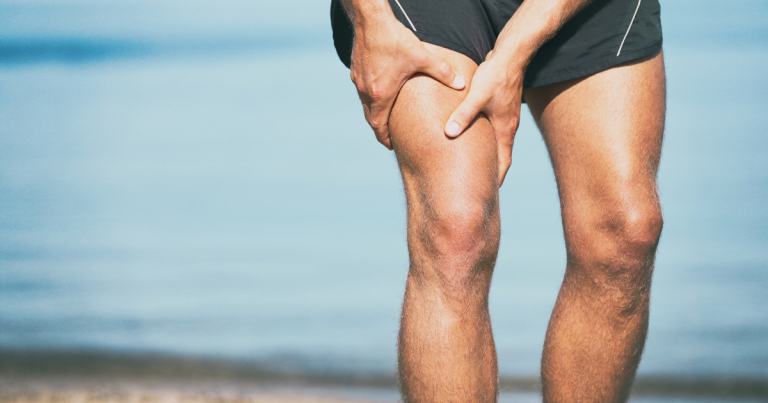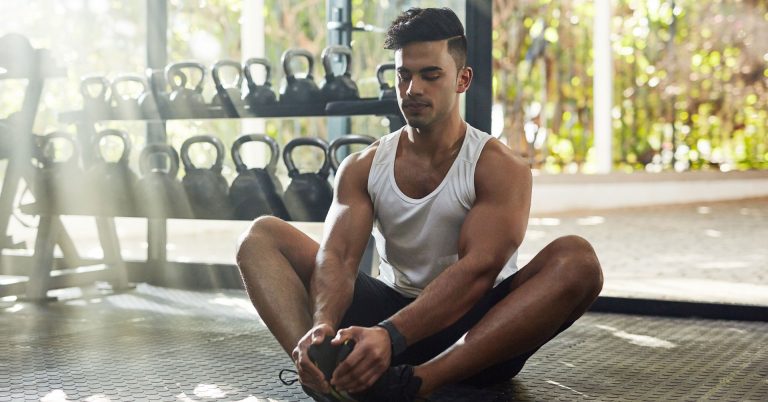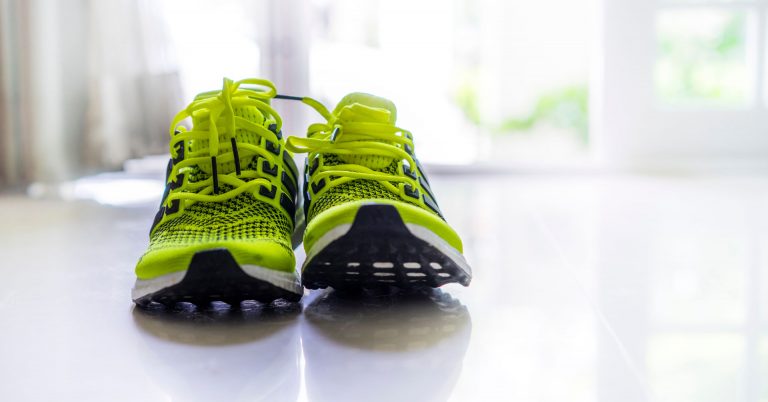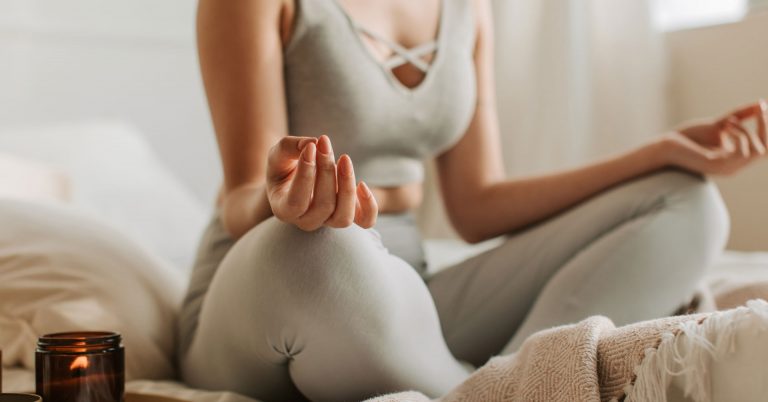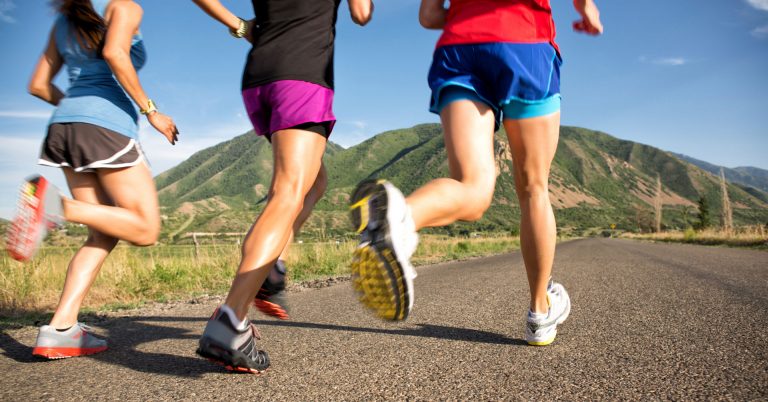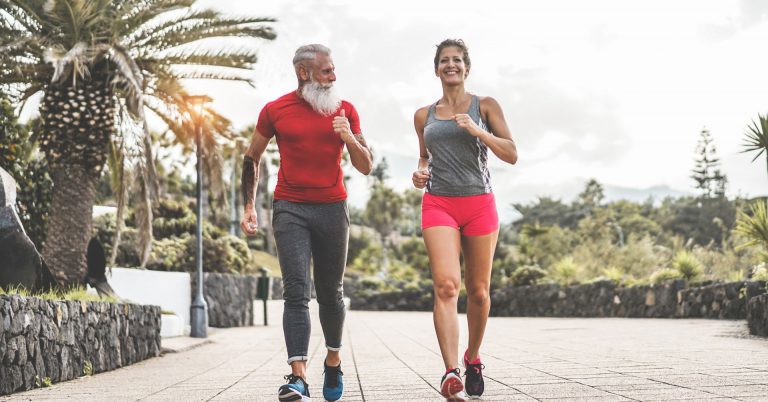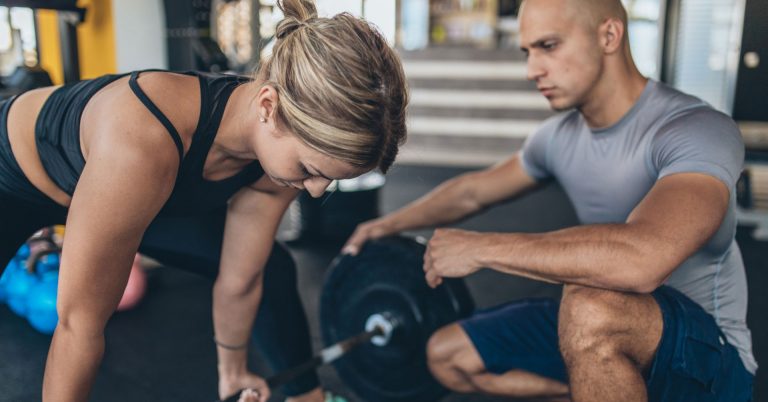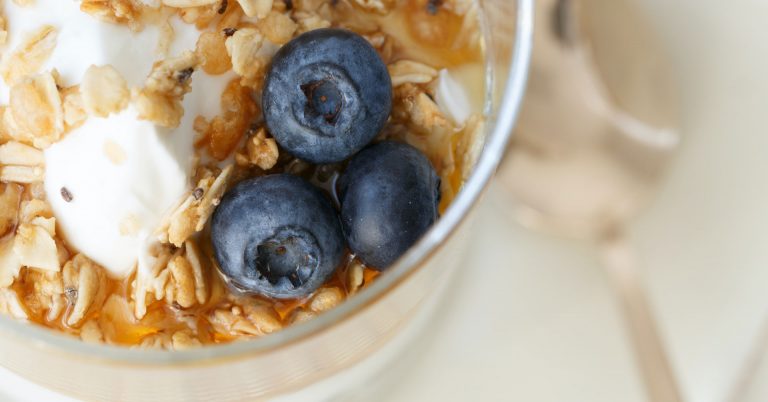$70,000 PRIZE PURSE FOR TOP 5 MARATHON AND HALF MARATHON FINISHERS
- Strategic route changes and morning race format to bolster overall athlete experience
- All race categories to start at the same point, including a mass start and road race format to mark the return of the event in its true form for the first time since 2019
SINGAPORE, 7 SEPTEMBER 2022 – The IRONMAN Group, organisers of the Standard Chartered Singapore Marathon (SCSM), unveiled this year’s race routes for the 2022 edition. With the race returning to a full event, the routes intend to deliver a balance of race difficulty, whilst being set against Singapore’s iconic skyline.
The three-day event to be held on 2 – 4 December will feature the Kids Dash on Friday evening, 5km and 10km categories on Saturday morning, and conclude with the Marathon 42.195km and Half Marathon 21.1km on Sunday morning.
Building on the positive reception from runners from previous editions and taking on constructive feedback from partners, runners and the community at large, The IRONMAN Group made key strategic improvements while keeping the core elements of the route. The enhanced route will see the removal of the unsheltered stretch at West Coast highway, leading runners into the cool, shady East Coast Park (ECP) at the 21km mark. The route through ECP also allows for supporters to cheer runners on. Runners will then breeze through the scenic Gardens by the Bay and its Supertree Grove, before passing the finish line at the Esplanade.
With the event held during the early hours of the day, runners will be able to capture the view of the city’s skyline against the backdrop of the sunrise. Moreover, runners from all categories will begin their race from the same start point across the event days – in front of the Formula 1 (F1) Pit Building.
Speaking of the race, Jeff Edwards, Managing Director of Asia for The IRONMAN Group commented, “The Standard Chartered Singapore Marathon is back in its truest form, as the region’s leading marathon event. A great deal of thought and planning has gone into this year’s road race to ensure that runners have the best possible event experience as we return to mass participation racing. SCSM has been a key highlight in runners’ calendars for many years, and now returning to its truest form since the pandemic, it is vital that we provide participants with a memorable race, whilst still keeping safety top of mind.
“This year marks the comeback of full-scale, mass participation events and we sincerely hope that everyone from runners, family, and friends will be able to come together to challenge themselves and celebrate the resilience of the human spirit.”
ROUTE HIGHLIGHTS
Runners in the Marathon 42.195km and Half Marathon 21.1km categories will flag off beginning at 4:30 a.m. on Sunday, 4 December and run through key cultural and architectural hotspots. They will get to enjoy views of the iconic Gardens by the Bay, the Singapore Sports Hub, and the Padang, which has recently been gazetted as Singapore’s 75th national monument. Within the Central Business District, runners will pass famous landmarks including Singapore Flyer, Merlion, Esplanade and more.
The morning race time also presents runners with a fresh perspective of the diverse and historic Lion City, serving up glimpses of Singapore’s picturesque and expansive architecture as they strive for the finish line.


In the 10km and 5km categories, participants will begin their races on the morning of 3 December (Saturday) at 6.30 a.m. and 8.30 a.m., respectively. Both 10km and 5km runners will also be flagged off at the F1 Pit Building. Upon passing Nicoll Highway, 10km runners will proceed to the National Stadium while 5km participants will make a U-turn and continue straight. Runners will pass the Singapore Flyer as they head to the finish line.
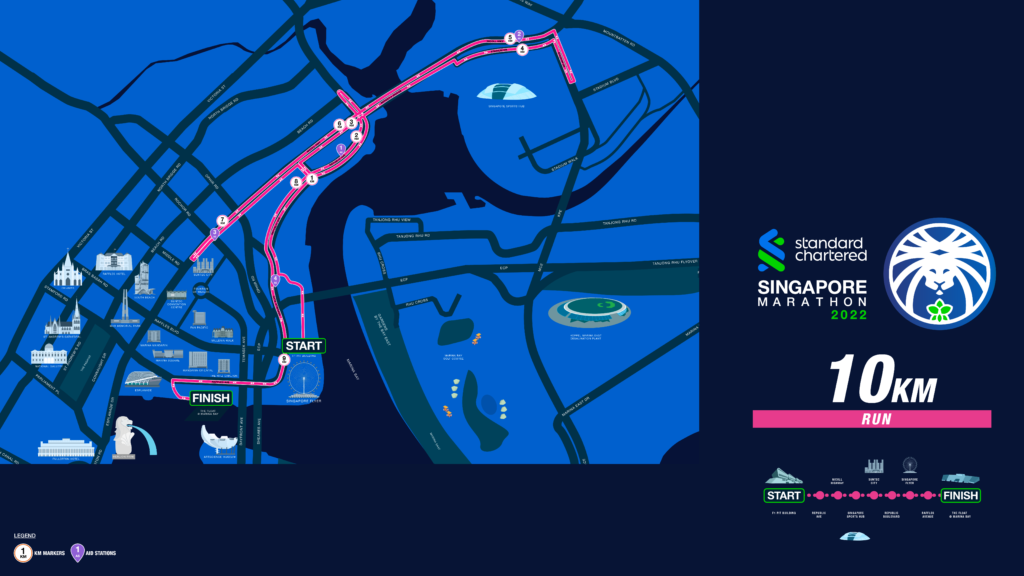
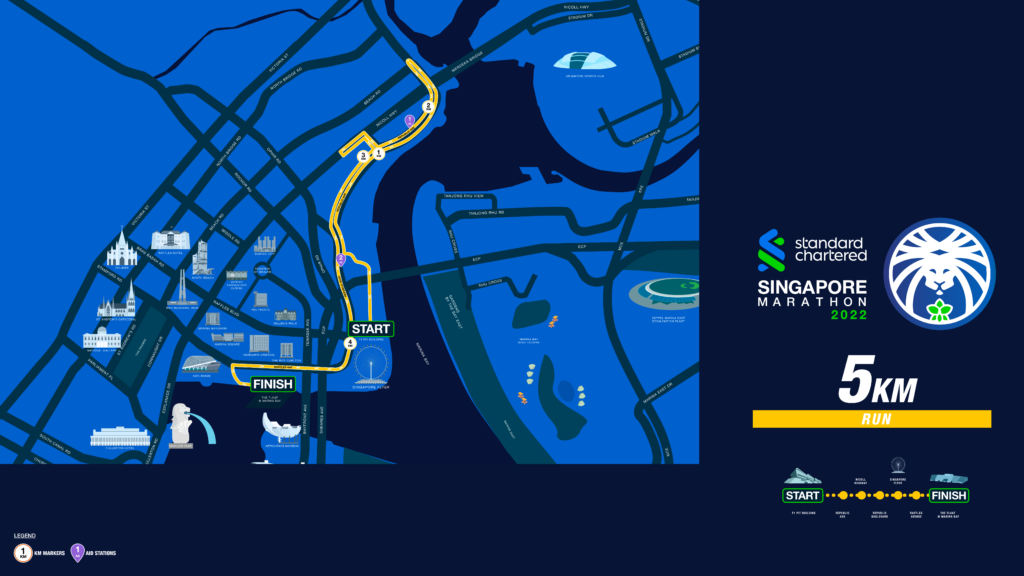
This year’s Kids Dash will begin on the evening of 2 December, participating children (aged between 2 – 12 years old) and their parents will run a 650m route around the F1 Pit Building. Participants can also look forward to finisher T-Shirts and medals at the end of their run.
Sport Singapore Chief Executive Officer Lim Teck Yin said, “The Standard Chartered Singapore Marathon (SCSM) is the leading running event in the region – this year, we are expecting to once again hit pre-pandemic numbers of up to 50,000 runners of all abilities, from all around the world. We are thrilled that SCSM is finally making its comeback, and everyone involved is committed to delivering the holistic race experience that runners have grown to love year after year.”
TRAFFIC MANAGEMENT MEASURES
With the event back in full-scale, the enhanced routes aim to provide a memorable experience for runners, while also minimising impact to the wider public. Traffic advisory signs will be put up in advance to inform the public of impending road closures.
When travelling to these affected areas, the public are strongly advised to use public transport. More details about road traffic arrangements and shuttle services for participants will be shared later.
TOP MARATHONERS AND HALF MARATHONERS TO VIE FOR $70,000 PRIZE PURSE
With the launch of the routes, The IRONMAN Group have also announced an initiative for competitive runners. The fastest runners in the marathon and half-marathon categories will be placed in Pen A and Pen B respectively, and will vie for a share of the $70,000 prize purse.
Both the top finisher of the male and female Marathon 42.195km categories will win an equal prize money of $10,000 each, followed by $5,000, $3,000, $2,500, and $2,000 each for subsequent placings. The top Half Marathon 21.1km finishers will walk away with $5,000, followed by $3,000, $2,000, $1,500, and $1,000 respectively.
To qualify for Pen A, and to compete for the prize purse, male athletes running in the Marathon 42.195km category, will be required to show proof that they had achieved a timing of 3 hours or less in a World Athletics or National Federation sanctioned marathon race within the qualifying window period from 1 January 2018 to 31 October 2022. Female athletes will need to have a timing of 3hrs 30min 00sec or less.
For the Half Marathon 21.1km category, male and female athletes will need to have an official timing of 1hr 45min 00sec or less, within the same qualifying window period.
All qualifying times submitted will be subject to review and verification, and not all qualifiers will be automatically accepted nor guaranteed entry.
“Every year, the Standard Chartered Singapore Marathon sees runners around the globe gather to push themselves to the limit and achieve their very own greatness,” said Santoz Kumar, General Manager of Singapore for The IRONMAN Group. “With a $70,000 prize purse for the fastest marathon and half-marathon runners, we hope to ignite the competitive spirit of all participants – from recreational to the elite – to always look towards challenging themselves. We look forward to an exciting race, and to end the year on a high.”
Runners have until 31 October 2022 to submit their details and records for organisers’ review. The fastest marathon and half marathon runners will automatically be placed in Pen A and Pen B respectively based on their predicted race time entered upon registration, and backed by proof of previous race timing. Those that have already registered and are eligible for Pen A and Pen B will be contacted by race organisers to request for supporting material. To register for the Singapore Marathon or for more information, please visit: https://singaporemarathon.com/



